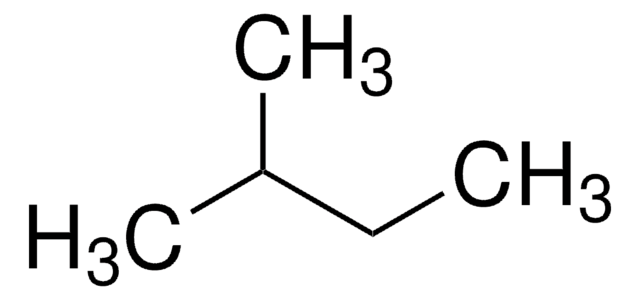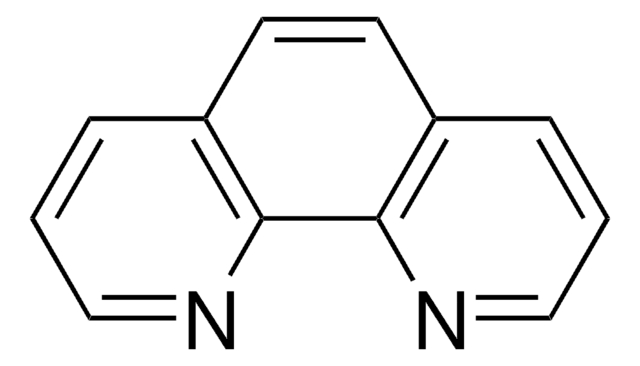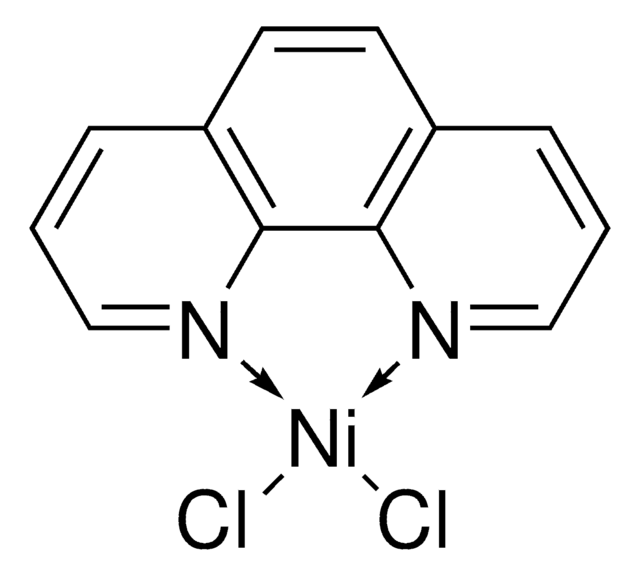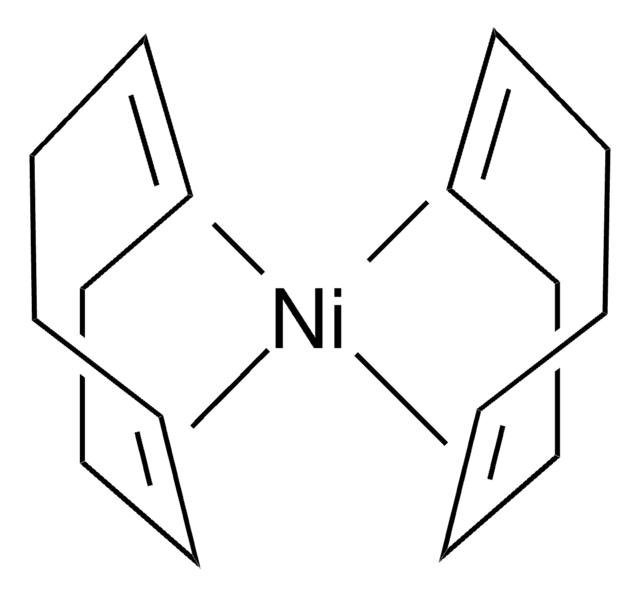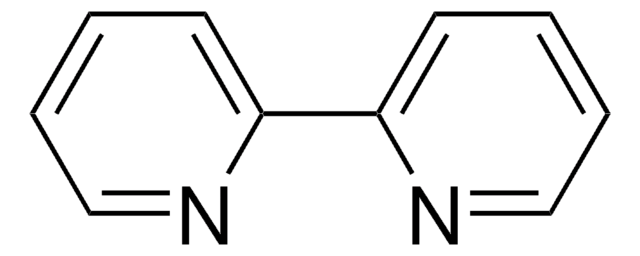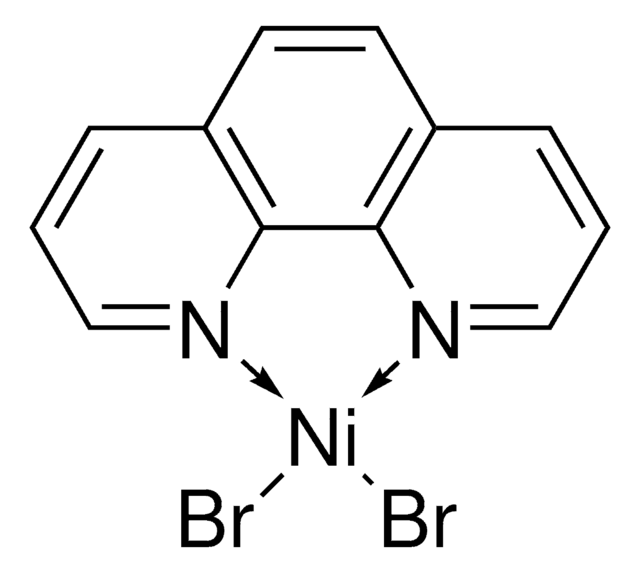M32631
2-Methylbutane
ReagentPlus®, ≥99%
Synonym(s):
Isopentane
Sign Into View Organizational & Contract Pricing
All Photos(2)
About This Item
Linear Formula:
CH3CH2CH(CH3)2
CAS Number:
Molecular Weight:
72.15
Beilstein:
1730723
EC Number:
MDL number:
UNSPSC Code:
12191502
PubChem Substance ID:
NACRES:
NA.21
Assay:
≥99%
bp:
30 °C (lit.)
vapor pressure:
11.17 psi ( 20 °C)
Recommended Products
vapor density
2.6 (vs air)
Quality Level
vapor pressure
11.17 psi ( 20 °C)
product line
ReagentPlus®
Assay
≥99%
form
liquid
autoignition temp.
788 °F
expl. lim.
8.3 %
refractive index
n20/D 1.354 (lit.)
bp
30 °C (lit.)
mp
-160 °C
density
0.62 g/mL at 25 °C (lit.)
storage temp.
2-8°C
SMILES string
CCC(C)C
InChI
1S/C5H12/c1-4-5(2)3/h5H,4H2,1-3H3
InChI key
QWTDNUCVQCZILF-UHFFFAOYSA-N
Looking for similar products? Visit Product Comparison Guide
Related Categories
General description
2-Methylbutane is a flammable and highly volatile aliphatic hydrocarbon used as a solvent in organic synthesis. It is also used to flash-freeze biological samples in conjunction with dry ice or liquid nitrogen.
Application
2-Methylbutane can be used as:
- A reactant to synthesize isoprene by a two-stage dehydrogenation process using chromia-alumina catalyst.
- A weakly polar solvent to study the intramolecular charge transfer (ICT) effect and the solvatochromic behavior of the pyrene substituted 1,3,4-oxadiazole derivatives.
Other Notes
The article number M32631-4X1L will be discontinued. Please order the single bottle M32631-1L which is physically identical with the same exact specifications.
Legal Information
ReagentPlus is a registered trademark of Merck KGaA, Darmstadt, Germany
Signal Word
Danger
Hazard Statements
Precautionary Statements
Hazard Classifications
Aquatic Chronic 2 - Asp. Tox. 1 - Flam. Liq. 1 - STOT SE 3
Target Organs
Central nervous system
Supplementary Hazards
Storage Class Code
3 - Flammable liquids
WGK
WGK 2
Flash Point(F)
-59.8 °F - closed cup
Flash Point(C)
-51 °C - closed cup
Regulatory Information
危险化学品
Choose from one of the most recent versions:
Already Own This Product?
Find documentation for the products that you have recently purchased in the Document Library.
Janak Gaire et al.
Journal of neural engineering, 15(6), 066027-066027 (2018-09-28)
Neuroinflammation has long been associated with the performance decline of intracortical microelectrodes (IMEs). Consequently, several strategies, including the use of anti-inflammatories, have been employed to mitigate the inflammation surrounding IMEs. However, these strategies have had limited success towards achieving a
Sveinung Lillehaug et al.
Scientific data, 6, 190028-190028 (2019-02-27)
The spatial pattern of transgene expression in tetracycline-controlled mouse models is governed primarily by the driver line used to introduce the tetracycline-controlled transactivator (tTA). Detailed maps showing where each tTA driver activates expression are therefore essential for designing and using
P Krustrup et al.
British journal of sports medicine, 43(11), 825-831 (2008-12-23)
To examine the effects of regular participation in recreational soccer on health profile, 36 healthy untrained Danish men aged 20-43 years were randomised into a soccer group (SO; n = 13), a running group (RU; n = 12) and a
Benedikt Galliker et al.
Chemistry (Weinheim an der Bergstrasse, Germany), 15(25), 6161-6168 (2009-05-14)
We have identified two intermediates in the autoxidation of NO*: ONOO*, which was detected by EPR spectroscopy at 295 K and atmospheric pressure in the gas phase, and ONOONO, a red substance produced at 113 K in 2-methylbutane. The red
Susanne Steu et al.
Virchows Archiv : an international journal of pathology, 452(3), 305-312 (2008-02-07)
Different methods for snap freezing surgical human tissue specimens exist. At pathology institutes with higher work loads, solid carbon dioxide, freezing sprays, and cryostat freezing are commonly used as coolants for diagnosing frozen tissue sections, whereas for tissue banking, liquid
Our team of scientists has experience in all areas of research including Life Science, Material Science, Chemical Synthesis, Chromatography, Analytical and many others.
Contact Technical Service